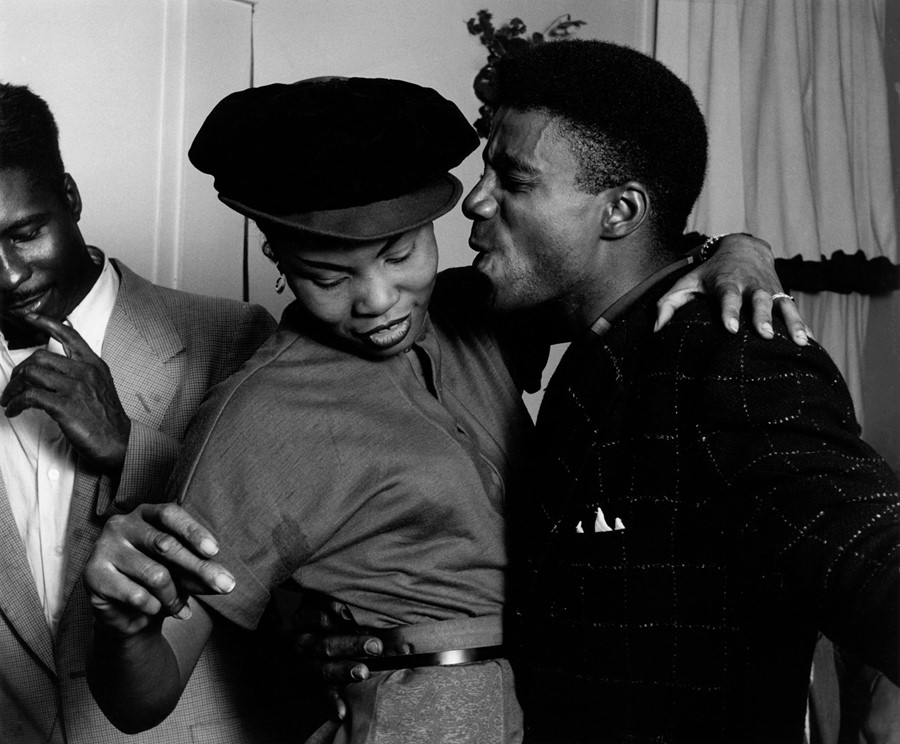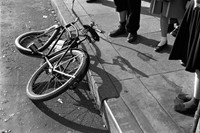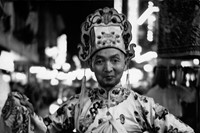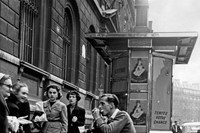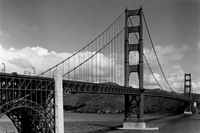Ansel Adams headed up the photography department and Mark Rothko gave lectures. A new tome from Steidl takes us inside the San Francisco college responsible for pioneering art school culture as we know it
In 1953 Lawrence Ferlinghetti founded the now world-famous City Lights Pocket Bookshop at 261 Columbus Avenue in San Francisco. The Beat generation descended, with artists and writers flocking to America’s latest “literary meeting place” in the sun-filled climes of California’s North Beach; gone were the Bohemians and in flooded Beatnik culture, pulsing with the energy and excitement of a bright post-war world.
In the wake of the Depression and WWII, America was a changed country; never had disruption created such a beautiful echo. By 1954 a golden decade began and a new epicentre for creativity was born in the sunny hills of California. Social upheaval and the migration caused by poverty and war had brought thousands of workers to the San Francisco Bay Area, and with this influx of people, new ideas, cultures, and communities formed.
It was here, just a few streets away from Ferlinghetti’s new Beatnik haven, that the California School of Fine Arts, known at the time as the most progressive art school in the West, became a centre for Abstract Expressionist painting under Douglas MacAgy. When the news broke that Ansel Adams was starting a photography department, it felt like a crowning jewel in the already star-filled curriculum. After the war - thanks to the G. I. Bill - the doors of education were opened to a whole new audience of veterans and learners who would never have been able to attend college previously. The spirit of reinvention dominated every aspect of the school, where openness prevailed, with teachers learning just as much from their students as from their colleagues.
The photography department quickly became a cohesive creative community, bringing together the artists of the age with the upcoming generation. Teaching informed students also reaffirmed and informed artists’ own work. Soon the set text for the CSFA course became Adam’s own experimental Exposure Record with his Zone System theory a core element. “It’s GOT to be the best photo school in the USA!” Ansel Adams wrote to David McAlpin.
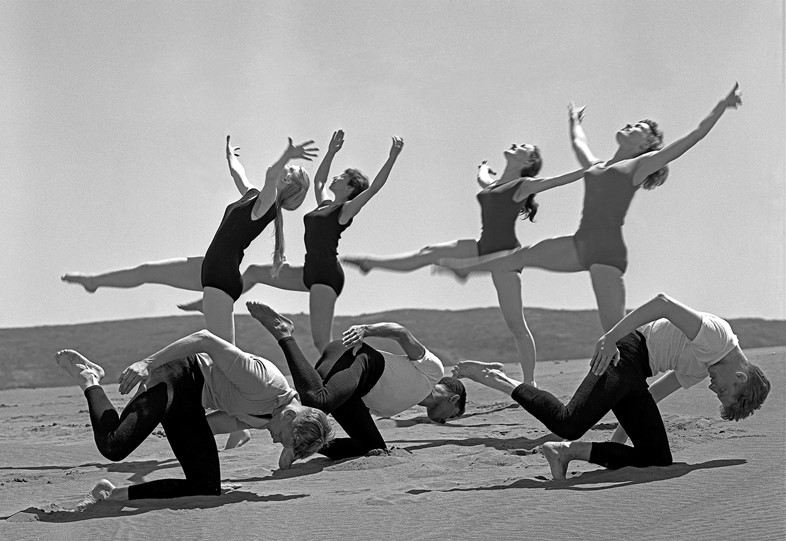
MacAgy invited luminaries such as Mark Rothko, Ad Reinhardt, and Dorothea Lange to teach and give special presentations. He even tried (unsuccessfully) to lure artist Marcel Duchamp out of retirement to contribute to CSFA. His constant dedication to the school saw the department thrive, and the curriculum burst with opportunity. Adams held the same unwavering dedication; wartime shortages meant film and paper were rare, and some students didn’t even have cameras at the beginning of the course. Alumnus Ira Latour remembers having an “archaic 19th-century 5" × 7" view camera, purchased before the war, which could only make time exposures by holding the shutter open with a coin.” As most students didn’t have darkrooms either, Adams offered his own laboratory, his home becoming an informal extension of the school as well as the venue for the exclusive monthly Exchange Print Party. If they weren’t working, students would relax in his living room, drink wine, read his books, browse his portfolios, and talk for hours as Adams played the piano. From his classical training as a pianist Adams believed strongly in one-to-one supervision and practised this attentive method rigorously. “It was as though each of us had a personal mentor — the one and only Ansel Adams!” recalls Latour, “it was truly learning in the ‘Grove of Akademus’”.
Next to Adams one crucial student-turned-teacher was Minor White, who rejected predetermined lesson constraints in favour of more original creative exercises. Cameron Macauley recalls classes meeting at the corner of Clay and Montgomery Streets in the morning, being sent out to explore for the day to capture activity, before meeting again at the end of the day. Students were encouraged to use miniature cameras (35mm) rather than fashionably large ones in order to be unobtrusive and blend into their surroundings in the city; they were taught to become as invisible as possible. Even at the school itself, shooting usually occurred outdoors in the natural light on the front patio, central tiled fountain, and green spaces. Here students discarded the traditional studio setting, portraying each other with imaginative backdrops and lighting variations that encouraged improvisation and creative instincts.
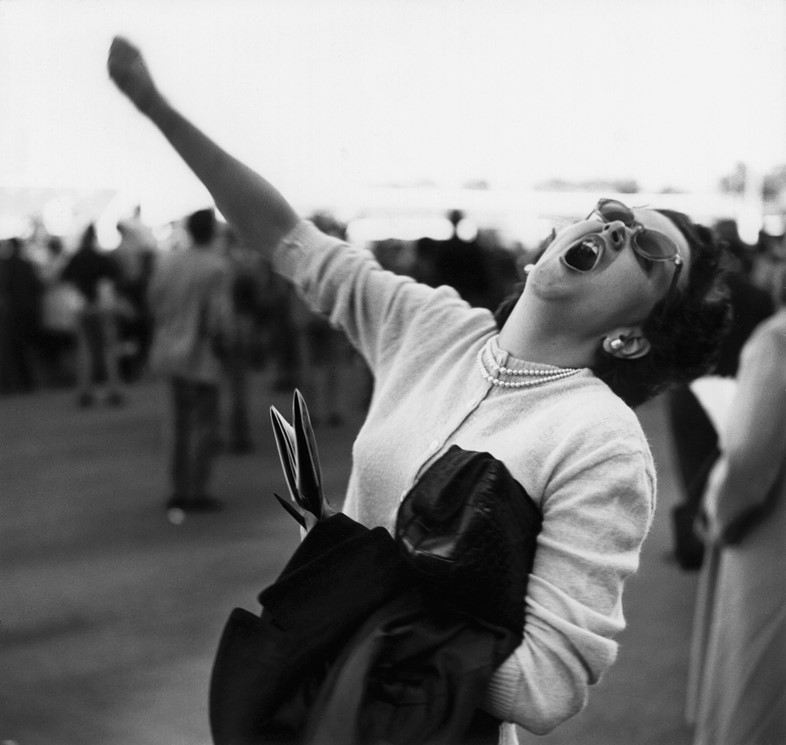
One of White’s favourite assignments was his Photographic Interpretation of A Play, where he collaborated with local theatre groups to send students to document contemporary performances. Students were propelled out into the real world, but also made to engage with it face to face. Another project involved a week-long fieldtrip to the Sierra foothills, which saw students piling into White’s jeep and heading deep into the Gold Country to explore. The images produced from this time of immense creative concentration shimmer with life; with every frame stark black and white compositions give way to intense and exhilarating movement. Nature, dancers, actors, even everyday commuters in San Francisco are caught in exquisite stillness. For students currently struggling under £9,000 university fees it’s clear why this exquisite period of artistic freedom, innovation, and imagination remains ‘golden.’

The Golden Decade: Photography at the California School of Fine Arts 1945-55 published by Steidl is out now.
